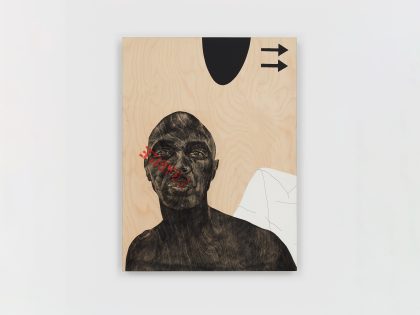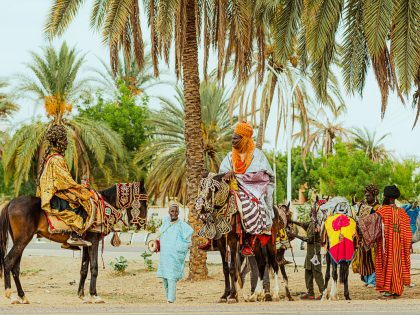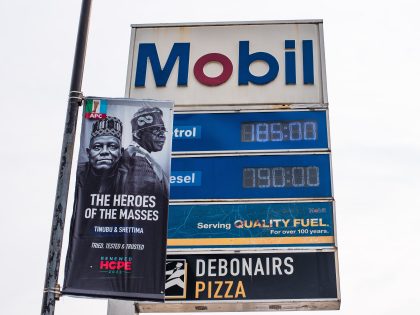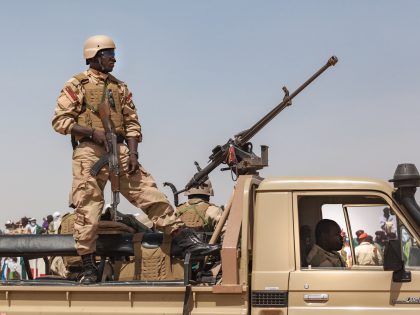A photograph cannot give you concrete information
Despite her reluctance, Zarina Bhimji's work does engage with her personal history of Indians' expulsion from Uganda.

Copyright of Zarina Bhimji.
Zarina Bhimji’s exhibition at The Whitechapel Gallery is the first major survey of her work, documenting 25 years of her artistic practice. Throughout various mediums – photographs, films and sculpture – Bhimji’s attention is shown to lie on the layering of human histories upon objects, and although she strongly states she is not addressing the history of colonialism and her own experiences as a Ugandan in the 1970s, her work inevitably touches on this history. She charts poetic and ambiguous themes by examining the traces that colonialism has left behind.
Bhimji was born in Mbarara in Southern Uganda in 1963 to Indian parents, and was forced to leave Uganda following President Idi Amin’s expulsion of all South Asians in 1972. Amin claimed that the Indian minority, who had been brought to Uganda during British rule to work in skilled jobs, were ‘sabotaging’ the Ugandan economy. Bhimji and her family moved to Britain, as many others did, and only returned to Uganda during the preparation for her first film, Out Of The Blue (2002).
Although she firmly denies that her work is concerned with the specificities of her own history, and that of Uganda (see this curt interview in artinfo.com, here), it is of course unavoidable for these histories not to form an important narrative in her work. In the first photographs exhibited, Bhimji’s eye brings the remnants of an earlier time into playful and ironic counterpoint with the present. In Rado Watch, Such Western Precision (2007), a dog lies asleep on the concrete porch of a government building, with the sign ‘assistant quartermaster’ hanging above him. Her title points toward the zealous bureaucratization that the British brought with them, and together with the photograph shows the how these legacies are suspended, often strangely, surreally, within the contemporary moment. Perhaps the assistant quartermaster no longer exists, and a sleepy dog now occupies his watch? The possible narratives that Bhimji’s photographs suggest are both intriguing and playful.
Similarly in Echo (1998-2007), a photograph of a school wall provides an explicit political tract that Bhimji’s work itself avoids. On the wall, children’s graffiti and drawings are mixed with political messages, ‘The man which came from Congo should be killed by the order of army!’ The title of the work, ‘echo’, and its relationship to the content of the image seems to exemplify Bhimji’s broader approach to her subject. Rather than looking back, and romanticizing the Uganda she was forced to leave, Bhimji’s lens is unambiguously situated in the present, yet allowing the traces, echoes and residues of an earlier history inform that present. Her work is completely depopulated; instead, by treating objects as evidence of social life, her work becomes poetic, rather than documentary. She is creating an ambiguous visual history of the present via remnants of the past.
The objects she pays attention to; the frayed ledger books in an abandoned administrative building, decaying shutters still retaining the vibrancy of their original yellow paint, or an intricate yet crumbling statue of Queen Victoria (all seen in the film Yellow Patch) develops a poetics of forgotten colonised space. By filming walls, chairs, the exteriors of buildings, Bhimji examines what they might say about people’s lives, with an almost forensic eye. She sets your imagination running while you try to piece together location with objects, historical context with imagined narratives. This effect contradicts the empiricism that we would associate with historical ‘truth’ and forensic attention, her method cleverly contradicts its effect: she says of photographs that ‘they cannot give you concrete information’.
In her two films, Out Of The Blue (2002) made for dOCUMENTA 11 and Yellow Patch (2011), Bhimji further disjoints image from referent, using sonic techniques to successfully take the suggestions made in her earlier photography into a different realm. Where the image is rooted, situated, the sound haunts and inhabits them with echoes of life. In an abandoned administrative office, dusty and fraying, yet retaining some of its original colonial prestige, the sounds of radio announcements and chatter fill the space, yet, at a distance. Where her photographic captions point to the echoes of Uganda’s political history imaginatively, her use of sound loosens the bond between time and space, image and location, creating an ambiguous space in-between where her curiosity of objects and their histories can be examined freely.
In another scene, a large crack in a wall is accompanied by a tectonic rumbling, so loud it can be felt in your chest. Perhaps my imagination had run wild by this point, but it felt strongly suggestive of the ripping, shape shifting effect of time passing, particularly on a social scale, and even more specifically in the case of once colonised countries. Her evocative, highly textural yet sparse cinematic language is an arresting way of addressing the complex histories of objects, their spaces, and the people who once inhabited them.




















